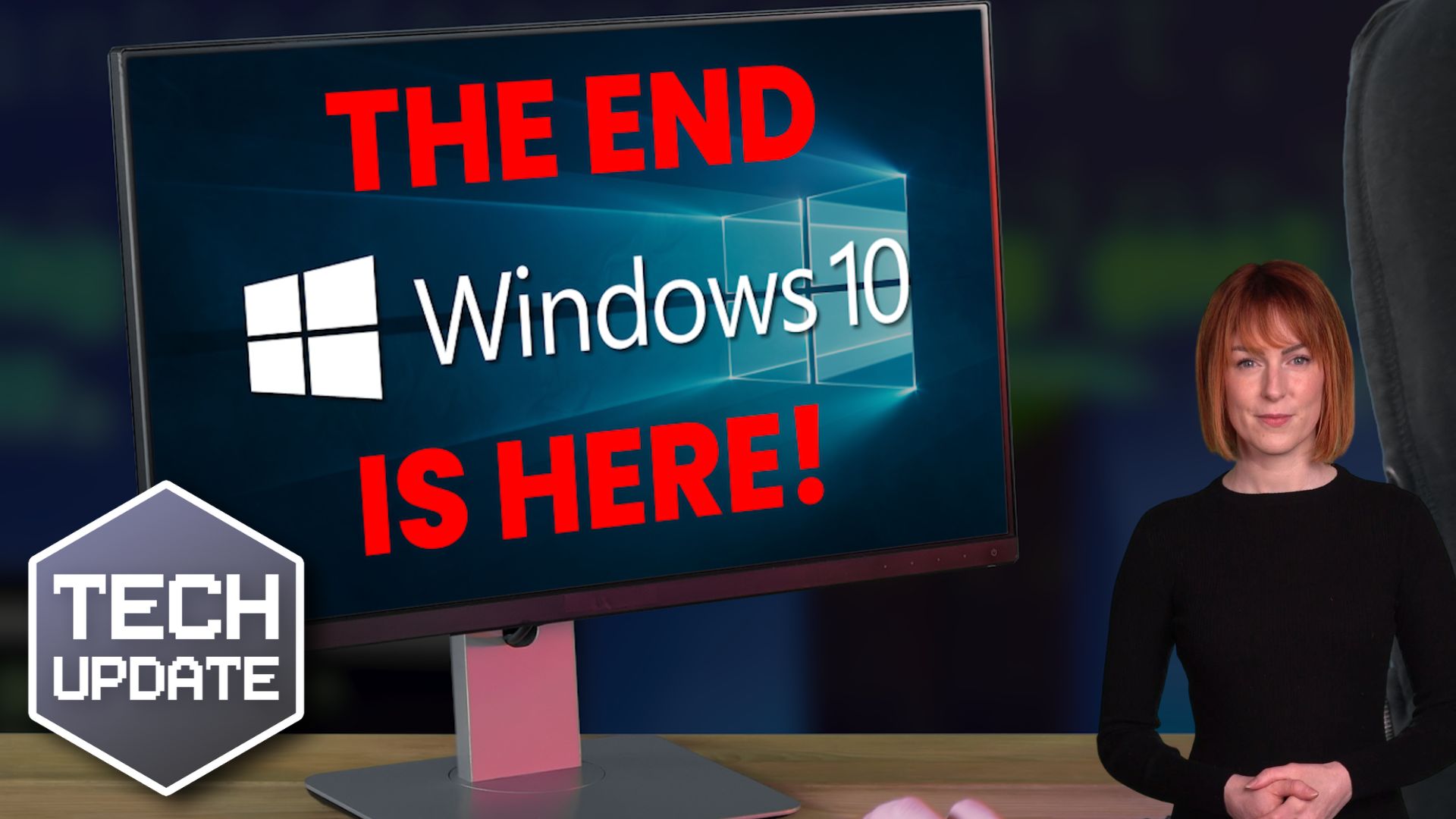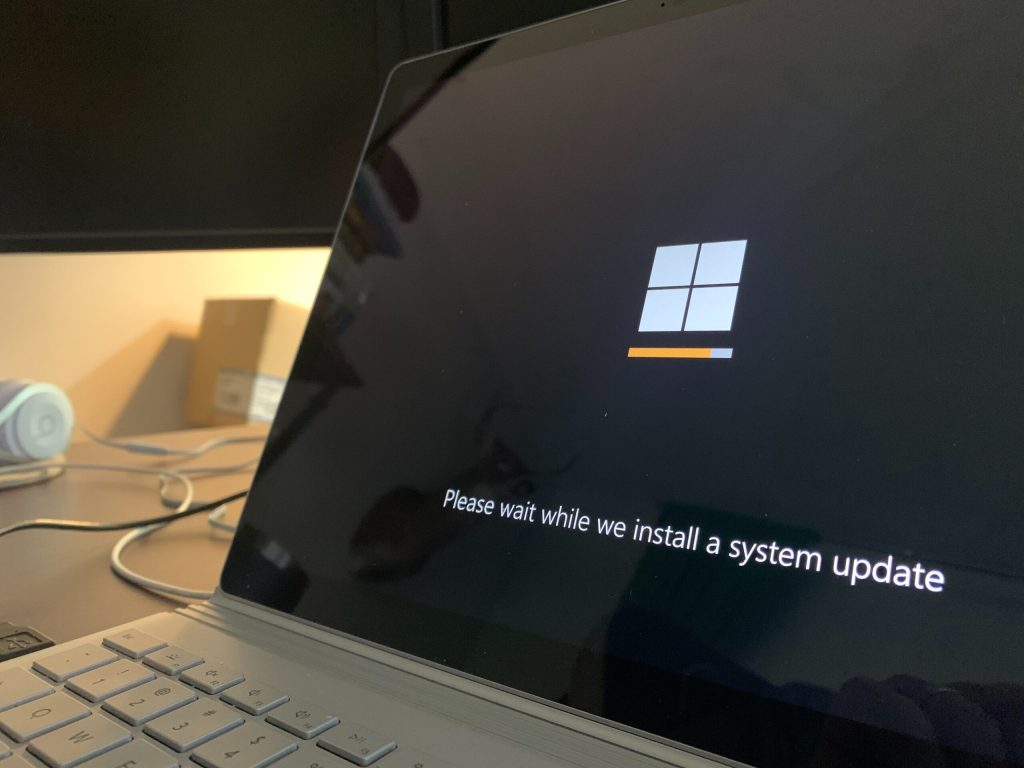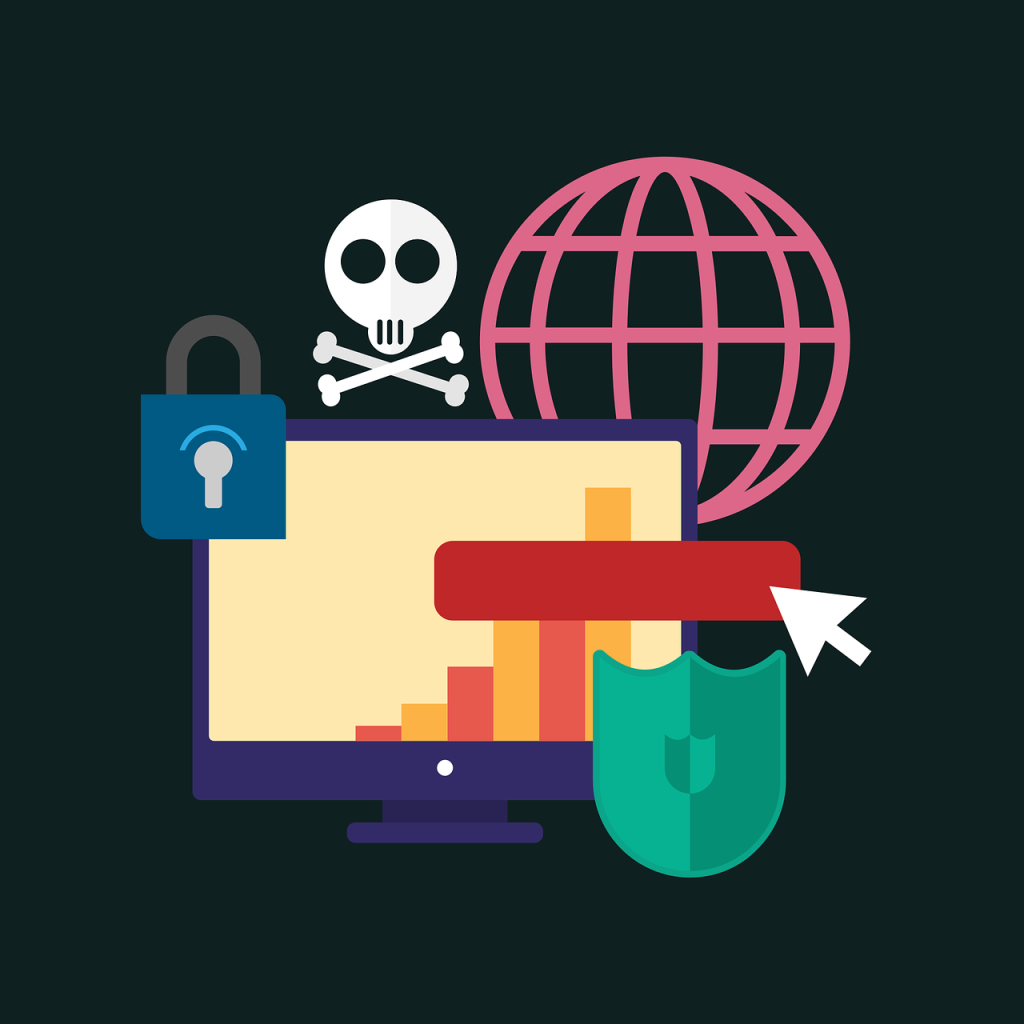What would it take to bring your business to a standstill? Many organisations plan for floods, fires, or power cuts. But far fewer plan for the hidden risk of running outdated technology.
On 14 October 2025, Microsoft will officially end free support for Windows 10. Once this happens, your systems will no longer receive security updates, bug fixes, or technical support from Microsoft. In short: Windows 10 is reaching its end of life.
For businesses still running it, the consequences could be severe.

Why Windows 10 End Of Life Is A Serious Security Risk
Without ongoing security updates, every Windows 10 device becomes a potential entry point for cyber criminals. With cyber threats already on the rise – from ransomware to phishing – using unsupported systems is like leaving your office door unlocked overnight.
To understand the scale of the issue, consider that the UK Government’s Cyber Security Breaches Survey found that 50% of businesses reported a cyber incident or breach in the past 12 months. Unsupported systems are often a key weak spot.
Extended Security Updates (ESUs): A Temporary Sticking Plaster
Some businesses hope to buy themselves extra time by purchasing Microsoft’s Extended Security Updates (ESUs). While this option exists, it has limitations:
- Not Free: ESUs come at an additional cost, which increases each year.
- Limited Coverage: They provide only essential security updates, not new features, bug fixes, or performance improvements.
- Short-Term: ESUs are designed as a temporary bridge, not a long-term solution.
More information on ESUs can be found on Microsoft’s official Windows Lifecycle Fact Sheet.
Why Upgrading To Windows 11 Makes Sense
The better option is to upgrade to Windows 11. It’s faster, more secure, and designed to support today’s workplace, including hybrid and remote setups. Benefits include:
- Enhanced security features such as hardware-based isolation, encryption, and malware protection (Microsoft Security Overview ).
- Improved performance and stability.
- A more modern user experience to boost productivity.
However, upgrading isn’t always straightforward. Some older devices don’t meet Windows 11’s minimum system requirements. This means you may also need to plan for hardware upgrades. Delaying until the last minute could leave your business scrambling.
What To Do Right Now
If your business is still running Windows 10, the clock is ticking. Here are the immediate steps you should take:
- Audit Your Devices – Identify which machines can be upgraded to Windows 11 and which cannot.
- Plan Your Migration – Create a schedule that minimises disruption to staff and operations.
- Budget For Hardware – If devices don’t meet Windows 11 requirements, consider replacements now rather than later.
- Seek Expert Help – A managed IT partner can handle the process end-to-end, ensuring security and continuity.
How We Can Help
We specialises in helping businesses make the move to Windows 11 smoothly, safely, and with minimal disruption. Whether you need advice on compatibility, guidance on new hardware, or a complete migration handled for you, we’ve got you covered.
Don’t leave this until the deadline passes.
Get in touch today, and let’s make sure your business stays secure, supported, and ready for the future.

